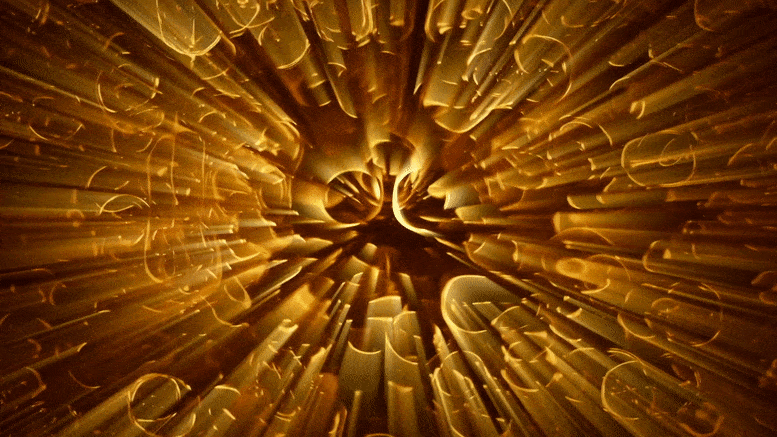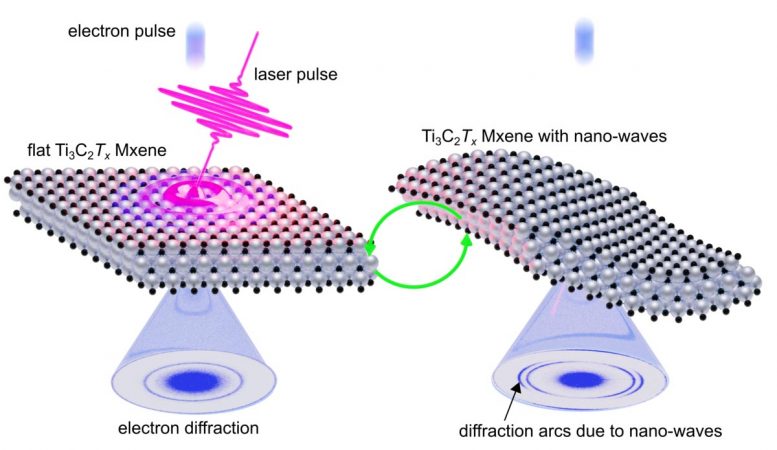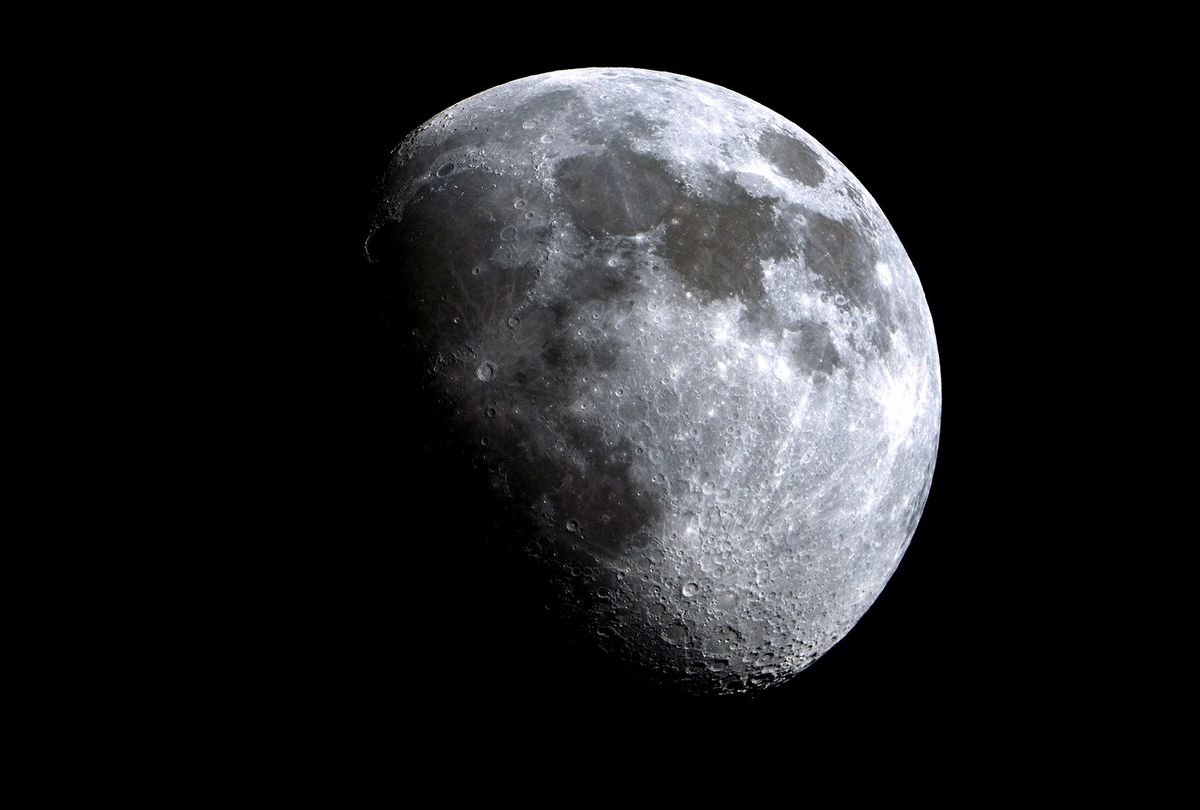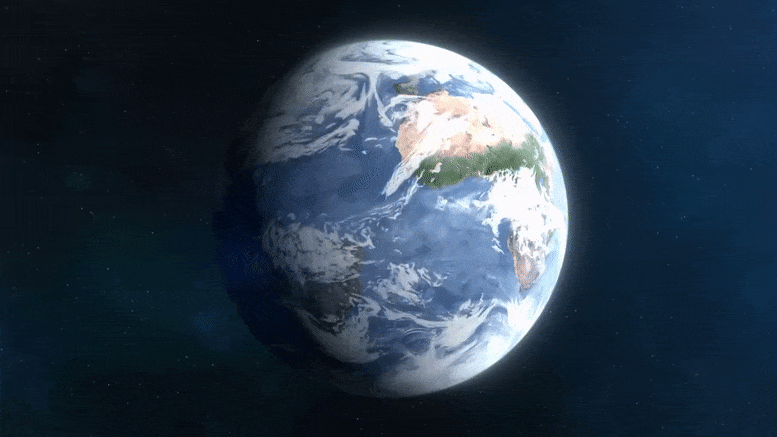
“We didn’t have birds in the very early universe; we have birds later on. We didn’t have time in the early universe, but we have time later on,” said Stephen Hawking’s colleague, physicist James Hartle, at the University of California, Santa Barbara about what came before the Big Bang.
“Asking what came before the Big Bang,” said Stephen Hawking, “would be like asking what lies south of the South Pole. There ought to be something very special about the boundary conditions of the universe, and what can be more special than the condition that there is no boundary?” observed Hawking in 1981, at a gathering of many of the world’s leading cosmologists at the Vatican’s Pontifical Academy of Sciences.
Beginning of Our Universe – One of the Big Open Questions
The beginning of our universe – if there is one – is one of the big open questions in theoretical physics. The Big Bang is one of science’s great mysteries, and it seems the plot has thickened thanks to new research that refutes prevailing theories about the birth of the universe. A classical description of the big bang implies a singularity: a point of infinite smallness, at which Einstein’s theory of gravity – general relativity – breaks down.
“We know a lot about how our universe evolved from a second or so after the Big Bang onward. Looking back even further, the Large Hadron Collider has taught us a great deal about what our universe was like when it was as young as a trillionth of a second old,” wrote cosmologist Dan Hooper at the University of Chicago in an email to The Daily Galaxy. “But when it comes to anything prior to that,” Hooper notes, “we are blindly extrapolating. We have some fairly good reasons to think that our universe underwent a period of hyperfast expansion — cosmic inflation — when it was very young. What happened before that is anyone’s guess.”
No-Boundary Proposal
To tackle this problem, two proposals were put forward in the 1980s: the “no-boundary proposal” by Stephen Hawking and James Hartle, and Alexander Vilenkin’s theory known as “tunneling from nothing.” Each proposal attempted to describe a smoother beginning to spacetime, using quantum theory. Rather than the infinitely pointy needle of the classical big bang, the proposals described something closer to the rounded tip of a well-used pencil – curved, without an edge or tip.
The “no-boundary proposal,” which Hawking and Hartle fully formulated in a 1983 paper, reports Mike Zeng in Quanta, envisions the cosmos having the shape of a shuttlecock. Just as a shuttlecock has a diameter of zero at its bottommost point and gradually widens on the way up, the universe, according to the no-boundary proposal, smoothly expands from a point of zero size.
“Asking what came before the Big Bang is meaningless, according to the no-boundary proposal, because there is no notion of time available to refer to,” Hawking said in another lecture at the Pontifical Academy in 2016, a year and a half before his death.
“I don’t believe in a wavefunction of the universe, nor in full determinism,” wrote Swiss physicist Nicolas Gisin, author of Mathematical languages shape our understanding of time in physics in an email to The Daily Galaxy referring to Hartle and Hawking’s formula, the so-called “wave function of the universe” that encompasses the entire past, present and future at once — making debatable the seeds of creation, a creator, or any phase transition from a time before. “Time passes, we all know that,” Gisin continued. “Indeterminism implies the creation of new information, though meaningless information. Such creation of new information doesn’t require any God nor intelligent design.”
While Hawking’s no-boundary view has spawned much research, new mathematical work suggests such a smooth beginning could not have given birth to the ordered universe we see today.
But two years ago, a paper by Neil Turok and Job Feldbrugge of the Perimeter Institute (Canada), and Jean-Luc Lehners of the Max Planck Institute for Gravitational Physics in Germany called the Hartle-Hawking proposal into question, pointing out mathematical inconsistencies in the Hawking “no boundary” and “tunneling” proposals.
The proposal is only viable if a universe that curves out of a dimensionless point in the way Hartle and Hawking imagined naturally grows into a universe like ours, writes Zeng. Hawking and Hartle argued that indeed it would — that universes with no boundaries will tend to be huge, breathtakingly smooth, impressively flat, and expanding, just like the actual cosmos. “The trouble with Stephen and Jim’s approach is it was ambiguous,” Turok said — “deeply ambiguous.”
Hartle and Hawking’s proposal presents a radical new vision of time, reports Zeng: “Each moment in the universe becomes a cross-section of a shuttlecock shaped cosmos; while we perceive the universe as expanding and evolving from one moment to the next, time really consists of correlations between the universe’s size in each cross-section and other properties — particularly its entropy, or disorder. Entropy increases from the cork to the feathers, aiming an emergent arrow of time. Near the shuttlecock’s rounded-off bottom, though, the correlations are less reliable; time ceases to exist and is replaced by pure space.”
The no-boundary proposal has fascinated and inspired physicists for nearly four decades. “It’s a stunningly beautiful and provocative idea,” said Neil Turok, a cosmologist at the Perimeter Institute for Theoretical Physics in Waterloo, Canada, and a former collaborator of Hawking. The proposal represented a first guess at the quantum description of the cosmos — the wave function of the universe. Soon an entire field, quantum cosmology, sprang up as researchers devised alternative ideas about how the universe could have come from nothing.
Beautiful Proposals That Don’t Hold Up
Turok, Director and Niels Bohr Chair at the Perimeter Institute for Theoretical Physics in Ontario, says the previous models were “beautiful proposals seeking to describe a complete picture of the origin of spacetime,” but they don’t hold up to this new mathematical assessment. “Unfortunately, at the time those models were proposed, there was no adequately precise formulation of quantum gravity available to determine whether these proposals were mathematically meaningful.”
No Smooth Beginning for Spacetime
The new research, outlined in a paper called “No smooth beginning for spacetime,” demonstrates that a universe emerging smoothly from nothing would be “wild and fluctuating,” strongly contradicting observations, which show the universe to be extremely uniform across space.
“Hence the no-boundary proposal does not imply a large universe like the one we live in, but rather tiny curved universes that would collapse immediately,” said Lehners, a former Perimeter postdoc who leads the theoretical cosmology group at the Albert Einstein Institute.
Turok, Lehners, and Feldbrugge reached this result by revisiting the foundations of the field. They found a new way to use powerful mathematics developed over the past century to tackle one of physics’ most basic problems: how to connect quantum physics to gravity. The work builds on previous research Turok conducted with Steffen Gielen, a postdoc at the Canadian Institute for Theoretical Astrophysics and at Perimeter, in which they replaced the concept of the “classical big bang” with a “quantum big bounce.”
Turok, Lehners, and Feldbrugge are now trying to determine what mechanism could have kept large quantum fluctuations in check while allowing our large universe to unfold.
Rethink the Most Elementary Models of Quantum Gravity
The new research implies that “we either should look for another picture to understand the very early universe, or that we have to rethink the most elementary models of quantum gravity,” said Feldbrugge. “Uncovering this problem gives us a powerful hint. It is leading us closer to a new picture of the big bang,” concluded Turok.
“People place huge faith in Stephen’s intuition,” Turok told Zeng. “For good reason — I mean, he probably had the best intuition of anyone on these topics. But he wasn’t always right.”
Read: “Physicists Debate Hawking’s Idea That the Universe Had No Beginning”
The Daily Galaxy, Maxwell Moe, astrophysicist, NASA Einstein Fellow, University of Arizona via The Perimeter Institute and Quanta













